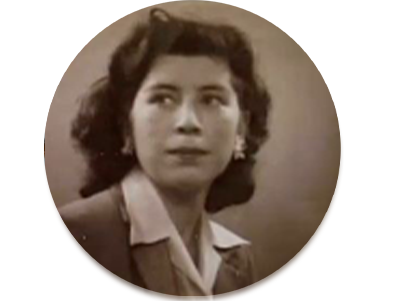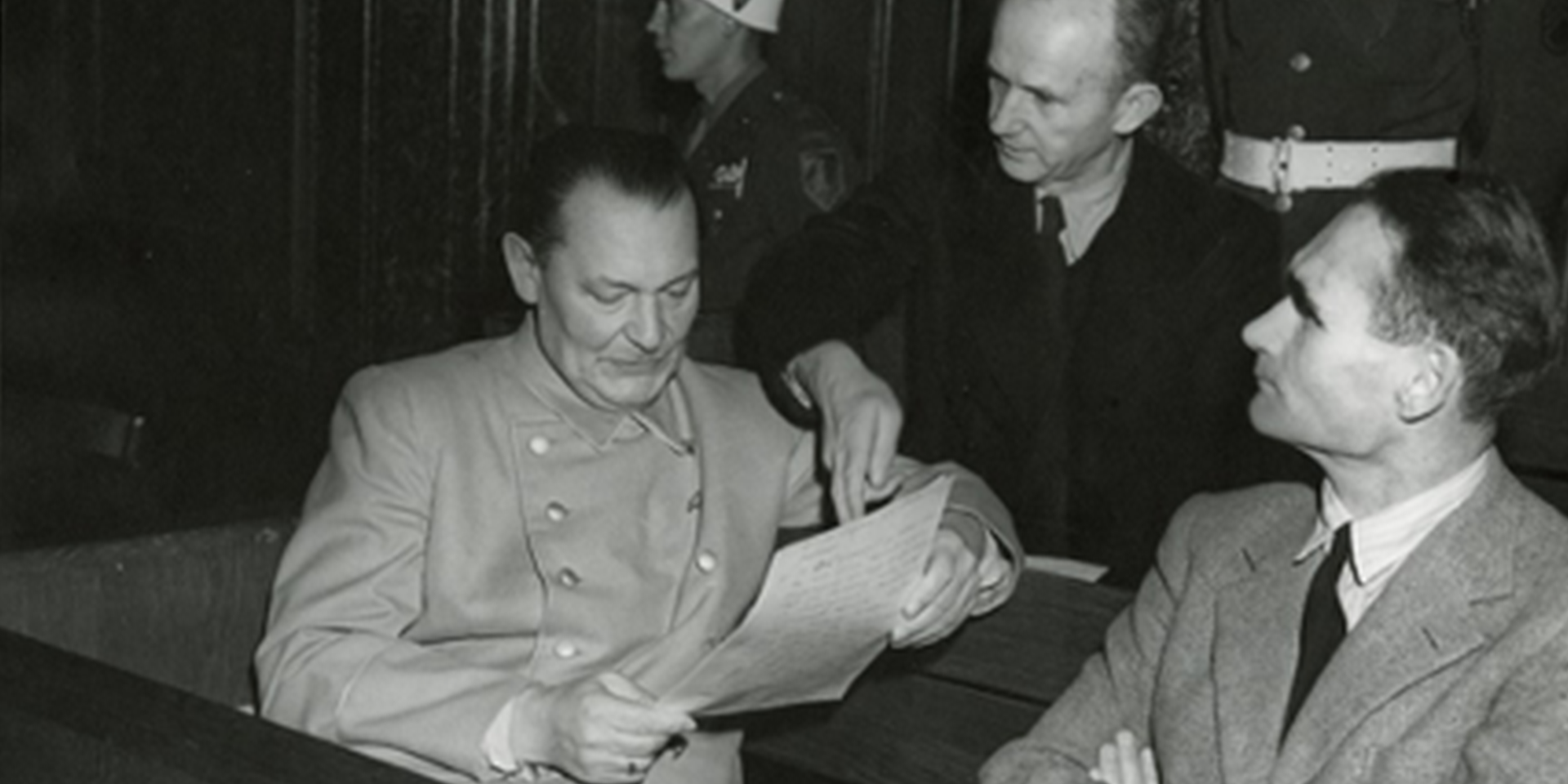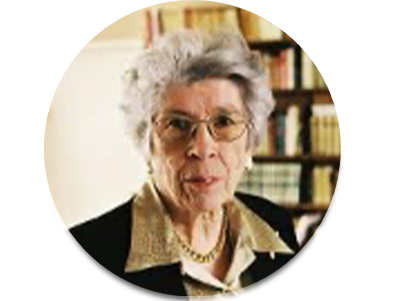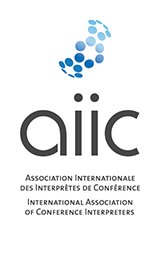
An Eyewitness Account of the Nuremberg Trials
An Eyewitness Account of the Nuremberg Trials
by Patricia Vander Elst (née Jordan) — 20 November 2020
Patricia, or Pat as we knew her, spent most of her childhood in Berlin with her English parents, moving to Lausanne, Switzerland,in 1939, a few days before Germany invaded Poland. It was here that she finished school and became fluent in French, one of her three working languages, together with English and German. She graduated from the Geneva School of Interpreting (ETI) after only six months and was recruited shortly afterwards to work in Nuremberg. At the end of the war she went to work at UNESCO in Paris and later as a freelance interpreter at the European Institutions in Brussels, where she lived until her death in 2005.

Patricia Vander Elst
The War was over. An International Military Tribunal had been set up in Nuremberg to try the leading Nazi war criminals. The Main Trial lasted from November 1945 until the verdicts on 30th September 1946 - and I was present during the last four months. After going to school in Berlin where I lived with my English parents until a few days before the German attack on Poland, I ended up in Switzerland where I saw out the war and spent my last six years of formal education at French-speaking schools and universities.

The Palace of Justice in Nuremberg, Germany
Credit: National Archives, College Park, MD/USA
In Nuremberg, the trial was being conducted in English, French, Russian and German and was using the novel and largely untried system of simultaneous interpretation. Due to the length of the trial, some interpreters were leaving and had to be replaced. Monitors were dispatched to look for new talent. A test was organised at the Geneva University School of Interpreters which, to my surprise, I passed. We had learnt consecutive interpretation only and to find myself speaking into a microphone at the same time that I was listening to a disembodied voice through earphones was thoroughly disconcerting.

Defendants in the dock, listening to the interpretation of the proceedings
Credit: United States Army Signal Corps photographer, Public domain, via Wikimedia Commons
With the ink of my degree scarcely dry, I set out for Nuremberg. It was my first job and, though I did not know it at the time, also my biggest. I went into it with the innocent enthusiasm of my 21 years, looking forward to the freedom from home, the glamour of a foreign assignment and the lure of the unknown. Four months later, the Trial over, I left: ten years older, a great deal wiser, and, indeed, an interpreter.
En-route, I got lost near Frankfurt in a muddle of travel vouchers, curfews and non-existent trains. When I did reach Nuremberg, I was billeted at the Grand Hotel where I was allowed to remain for the duration. I spent a week in the public gallery listening to the proceedings in the Court Room. Then, after a brief test in the booth during a lunch-break, I was told I would be starting in earnest the following day. I felt it was a matter of sink or swim. I swam.
The lay-out of the Court Room was simple and compact. The accused faced the judges, with assorted German counsel and court reporters in between. Our four booths were at right angles and in very close proximity to the defendants. We could watch them and they often watched us. Facing the interpreters were three sets of Prosecution tables which made up the fourth side of the Court, with the Press and public beyond.

Scene from the courtroom during the International Military Tribunal in Nuremberg, 1945
Credit: National Archives, College Park, MD/USA
By today's sophisticated technical standards, the booths and the equipment were primitive. We sat in three-sided glass boxes open at the top. Because of the tight fit, it was impossible to leave the booths except during breaks when we would shuffle out in reverse order to the way we had shuffled in. The earphones were clumsy things and each booth of three interpreters had to share one hand-held microphone which was passed to whoever was working from the language just being spoken.
The system broke down quite frequently and the sound could be bad, but we learned to improvise. Looking back, I am amazed how well we coped and how quickly we acquired the new skills. One of the things we learnt to do fast and well was sight-reading. By the time I got to Nuremberg, it was usual for untranslated prepared speeches to be given to us in writing, which was enormously helpful. Any misgivings I had about my ability to meet the challenge would vanish as soon as I walked into the booth, much like an actor shedding stage-fright when setting foot on the boards.
The monitors would keep a constant close watch on our performance and would tell us where we went wrong or how to improve our delivery. I was told to pitch my voice lower, which I did. Ever since, I have been much aware of the quality of an interpreter's voice and wonder why our occasional screech-owls or excessive regional accents have not been brought to task.
We worked two days in a row and had the third day off. One team was on for 1 1/2 hours in the morning and again for 1 1/2 hours in the afternoon. While a second team took over for the other half of the morning and afternoon, we would sit in a nearby room which was equipped with ear-phones and where we could follow the proceedings in the Court. There it was that I listened to Lord Justice Lawrence handing down the sentences. The room was packed then, the atmosphere quite as tense and as solemn as in the Court Room itself.
The interpreters were, I think, quite a pleasant cosmopolitan lot; a mixture of ages and nationalities, professions and opinions - including several refugees and Jews.

Interpreters working in the narrow glass box in courtroom during the trial
Credit: National Archives, College Park, MD/USA
Living amidst a sullen native population, in a town that was just a heap of rubble, was stressful, as indeed was the never-ending recital of horrors in the Court Room. I learnt to ignore the first and overcame the strain in Court by concentrating on the work itself. I was greatly helped in this by the remarkable team spirit among the interpreters and by the close and, as it turned out, life-long friendship with some of them. We let off steam dancing the night away in the Marble Room of the Grand Hotel. We had a lot of fun, an indispensable antidote to the Court Room blues.
In Court, whatever our private thoughts, it was necessary to remain neutral when working. From being a blur of concentrated human malice the defendants, little by little, emerged as individuals. One could even admire Goering for his intelligence and dignity and share his open contempt for the slimy Streicher. Kaltenbrunner scared me, he was so palpably evil. The closing speech Hess made left me in no doubt that he was completely mad. We all liked Fritzsche who was only there as a substitute for his dead master Goebbels, and we were glad he was acquitted.

Defendants Göring, Dönitz, and Hess conferring at the Nuremberg Trials
Credit: United States Army Signal Corps photographer, Public domain, via Wikimedia Commons
After the verdicts and the ensuing release of tension, I had had enough of Nuremberg. Whereas I had been working from French into English at the Main Trial, I was supposed to transfer to the German booth for the Subsequent Proceedings. I was rescued by the Chief Interpreter of UNESCO who selected me, along with a few others, to work at the First General Conference in Paris (English/French consecutive). I was released from my Nuremberg contract and left.
I returned to Nuremberg recently. The town has been rebuilt, the scars of war no longer visible. The Court Room, after 54 years, seems smaller. A wall now partitions it where the front of the public gallery had been. The large dock has been rebuilt for fewer defendants. The oppressive dark wood panelling and heavy marble door frames remain, though, as does the small lift door at the back of the dock through which the Nazi leaders were daily brought to account. But I had no feeling of past personal involvement. The Nuremberg Trial had become history.
This article was originally published by AIIC in December, 2002. Republished in November, 2020 for the 75th anniversary of the start of the Nuremberg Trials

Patricia VANDER ELST. Born 1925, Berlin, Germany. Died 2005 Brussels, Belgium
Recommended citation format:
Patricia, Vander Elst. “An Eyewitness Account of the Nuremberg Trials”. aiic.org. novembre 20, 2020. Accessed avril 27, 2024. https://aiic.org/site/blog/nuremberg-trials.
